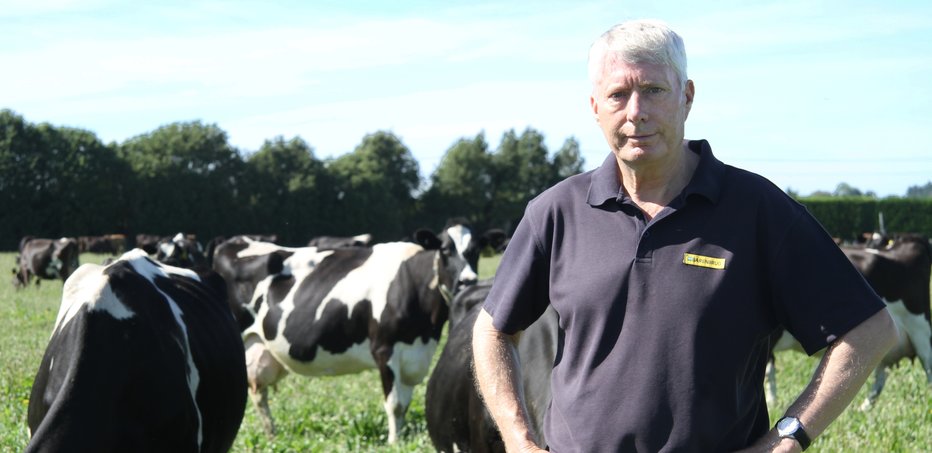Pasture & science a winning match for environmental gain

Imagine leaching up to 30% less nitrogen, for free, with no loss of animal production. No feed additives required, no new animal genetics, just a slightly different mindset.
This is but one example of how New Zealand livestock producers can soften their farm footprint via the huge resource already underpinning their systems.
“Pasture cushions farming’s environmental impact more than we realised until quite recently,” says industry expert Graham Kerr.
“It’s exciting how far we’ve come in our understanding and application of this knowledge in a relatively short time.”
Kerr, commercial manager for Barenbrug, cites three key opportunities with pasture that any farmer can implement virtually immediately, with minimal disruption, to better care for the environment without sacrificing productivity.
The first is prioritising feed quality. The second is grazing when ryegrass nitrogen levels are low, and the third is leveraging latest advances in plant breeding for nitrogen use efficiency, persistence and palatability.
The better animals are nourished, the faster they grow and the more milk or meat they produce. So making sure every mouthful is as nutritious as it can be drives efficiency across the whole farm system, Kerr says.
“For red meat farmers, this means faster finishing. For dairy farmers, it means producing the same volume of milk with fewer cows. The outcome either way is lower GHG emissions and less nitrogen leaching.”
Nitrogen levels in ryegrass vary as it grows and grazing with this in mind could decrease nitrogen leaching by up to 30%, Kerr says.
“For most of the year we graze ryegrass too early, when it has high nitrogen content. Grazing later, when nitrogen levels are lower, means animals excrete less nitrogen in urine or dung.”
This is most easily done using tetraploid ryegrasses. But Barenbrug is also currently checking how all its cultivars vary in nitrogen level throughout the growth cycle.
“If we can select for this in our breeding programme, we further improve farmers’ options.”
Breeding for environmental gain has already led to a first – a perennial ryegrass that extracts more nitrogen from the soil than other commercial cultivars.
Array ryegrass thus makes more efficient use of existing nitrogen, and offers a way to maintain pasture production if farmers reduce future nitrogen applications, Kerr says.
“For hill country farmers, we have a specific R&D programme centred on persistent ryegrasses and very fine cocksfoot cultivars, to help cut GHG emissions and soil carbon loss through less frequent re-sowing.”

